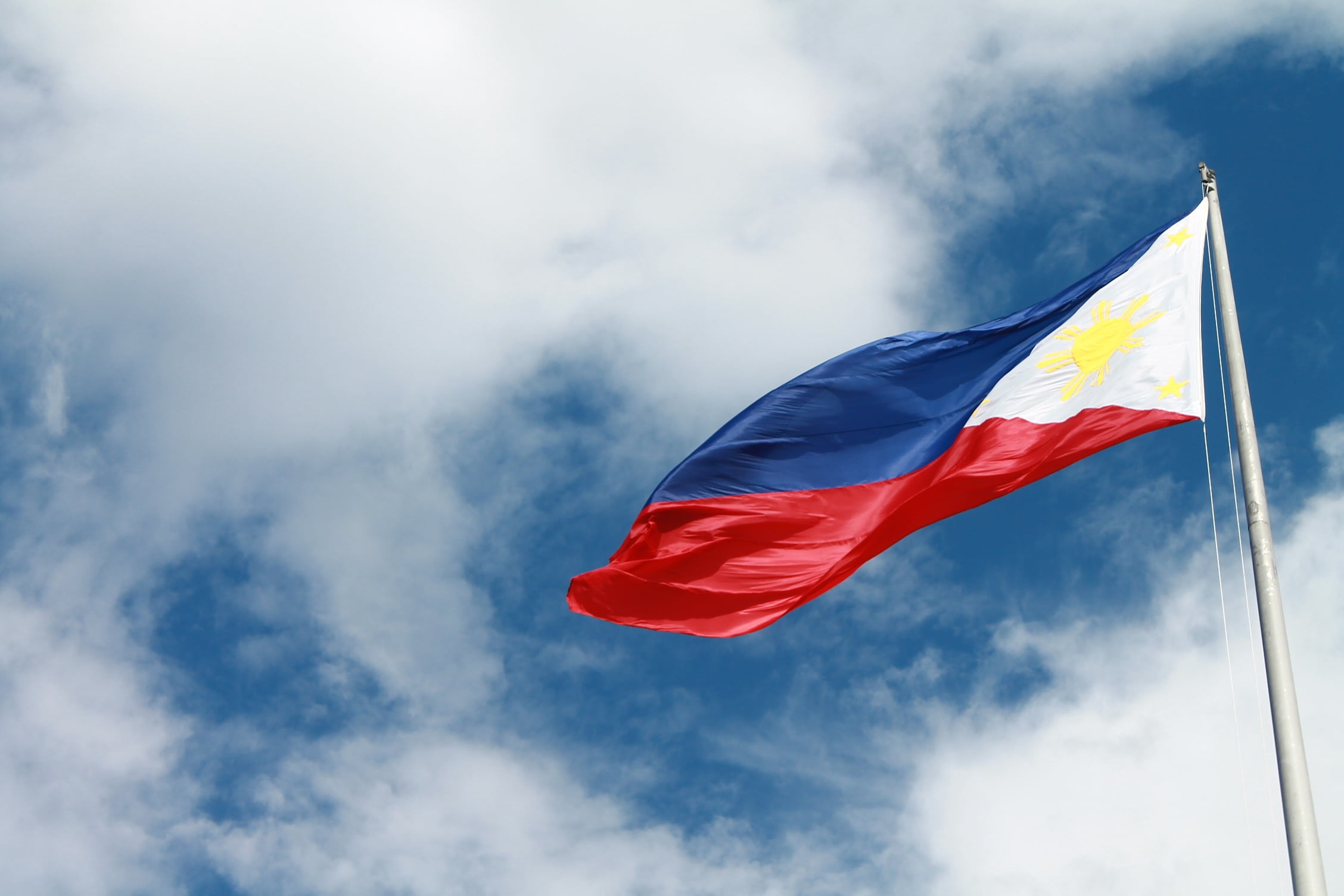What is Zip Code?
A ZIP code is a postal code used by the United States Postal Service (USPS) to ensure the efficient delivery of mail. The term “ZIP” stands for “Zone Improvement Plan,” and these codes were first introduced in 1963. A ZIP code is a series of digits (usually five, but sometimes extended to nine digits for more precise locations, known as ZIP+4 codes) that identifies a specific geographic area within the United States.
The primary purpose of ZIP codes is to help speed up the sorting and delivery of mail by identifying geographic regions and addresses. They are essential for the USPS to route mail to the correct post office for final delivery. ZIP codes can also be used for various other purposes, such as determining sales tax rates, eligibility for local services, demographic analysis, and more.
The first digit of a ZIP code represents a group of U.S. states, the next two digits represent a region in that group (usually a large city or a central area in less populated regions), and the last two digits represent a specific post office or delivery area. The extended ZIP+4 code includes the basic five-digit code followed by a hyphen and four additional digits. These extra digits provide a more precise location within a delivery area, such as a specific building or apartment complex.
What is the Zip Code of Philippines?
The Philippines uses a system of postal codes, often referred to as ‘ZIP codes’ in reference to the US system. These codes are used by the Philippine Postal Corporation (PHLPost) and other postal services worldwide to expedite the movement and delivery of mail.
Postal codes in the Philippines usually consist of four digits. The first two digits represent the city or province. However, there is no single ZIP code for the entire Philippines as each city or municipality has its own code.
For example, if you’re interested in finding the postal code for a specific city, municipality, or province, you can use resources like the Philippine Postal Corporation’s ZIP Code Locator or other online databases. These resources provide a complete and updated list of ZIP codes in the Philippines.
Please note that unlike the United States, the Philippines does not use a 5-digit ZIP code. The term ‘ZIP’ stands for Zone Improvement Plan. It was chosen to suggest that the mail travels more efficiently and quickly when senders use the code in the postal address.
ZIP Code Philippines
Philippines zip codes, also known as postal codes, consist of four digits. The country is divided into many postal districts, each with its own code. Here are the list of some zip codes from major cities in the Philippines:
ZIP Codes, Area Codes and Postal Code Philippines
National Capital Region
- Caloocan Zip Code Area Code
- Las Pinas Zip Code Area Code
- Makati Zip Code Area Code
- Malabon Zip Code Area Code
- Mandaluyong Zip Code Area Code
- Manila Zip Code Area Code
- Marikina Zip Code and Area Code
- Muntinlupa Zip Code Area Code
- Navotas Zip Code and Area Code
- Paranaque Zip Code and Area Code
- Pasay Zip Code and Area Code
- Pasig and Pateros Zip Code
- Quezon City ZIP Code and Area Code
- San Juan Zip Code and Area Code
- Taguig Zip Code and Area Code
- Valenzuela ZIP Code and Area Code
Provincial Zip Codes
- Abra ZIP Code
- Agusan Del Norte & Del Sur ZIP Code
- Aklan ZIP Code
- Albay ZIP Code
- Antique ZIP Code
- Aurora ZIP Code
- Basilan ZIP Code
- Bataan ZIP Code
- Batanes ZIP Code
- Batangas ZIP Code
- Benguet ZIP Code
- Biliran ZIP Code
- Bohol ZIP Code
- Bukidnon ZIP Code
- Bulacan ZIP Code
- Cagayan ZIP Code
- Camarines Norte & Sur ZIP Code
- Camiguin ZIP Code
- Capiz ZIP Code
- Catanduanes ZIP Code
- Cavite ZIP Code
- Cebu ZIP Code
- Compostela Valley ZIP Code
- Cotabato ZIP Code
- Davao del Norte, del Sur & Oriental ZIP Code
- Guimaras ZIP Code
- Ifugao ZIP Code
- Ilocos Norte & Ilocos Sur ZIP Code
- Iloilo ZIP Codes
- Isabela ZIP Code
- Kalinga-Apayao ZIP Code
- La Union ZIP Code
- Laguna ZIP Code
- Lanao ZIP Code
- Leyte ZIP Code
- Maguindanao ZIP Code
- Marinduque ZIP Code
- Masbate ZIP Code
- Mindoro ZIP Code
- Misamis ZIP Code
- Mountain Province ZIP Code
- Negros ZIP Code
- Nueva Ecija & Vizcaya ZIP Code
- Palawan ZIP Code
- Pampanga ZIP Code
- Pangasinan ZIP Code
- Quezon Province ZIP Code
- Quirino Province ZIP Code
- Rizal Province ZIP Code
- Romblon ZIP Code
- Samar ZIP Code
- Sarangani ZIP Code
- Siquijor ZIP Code
- Sorsogon ZIP Code
- Sultan Kudarat ZIP Code
- Sulu ZIP Code
- Surigao ZIP Code
- Tarlac ZIP Code
- Tawi Tawi ZIP Code
- Zambales ZIP Code
- Zamboanga ZIP Code
Conclusion
In conclusion, while the Philippines does not have a single national ZIP code like the United States, it does utilize a system of four-digit postal codes assigned to specific cities, municipalities, and provinces. These four-digit codes serve a similar function as American ZIP codes in expediting mail delivery across the Philippines’ over 7,000 islands. When sending mail within the Philippines, be sure to use the correct four-digit postal code for your destination city or region to ensure efficient routing and delivery. Resources like the PHLPost ZIP Code Locator make it easy to find the codes you need. While adoption of more precise postal codes trails behind global leaders like the US, continued development of the Philippines’ postal infrastructure will likely incorporate expanded codes in the future.

